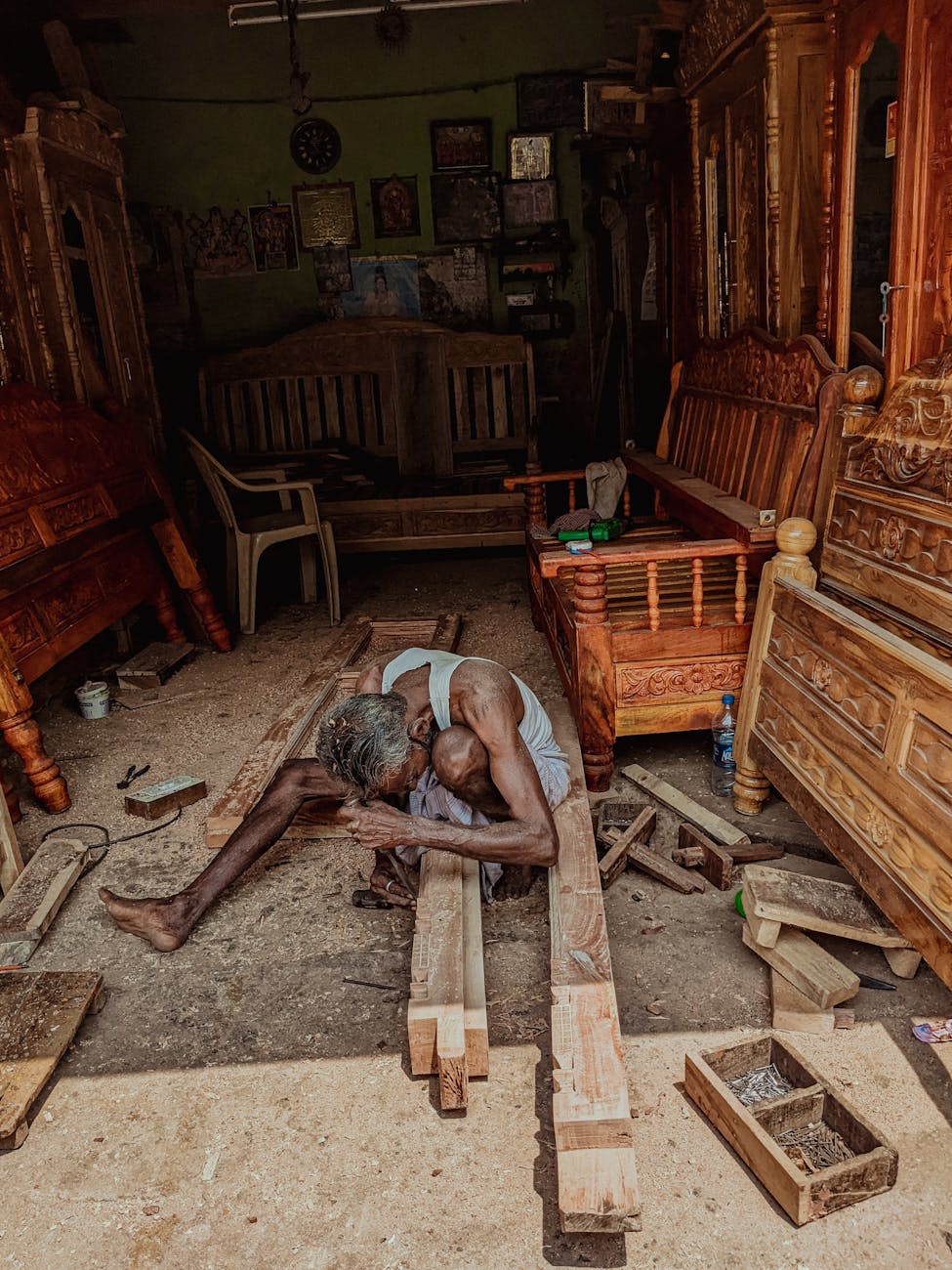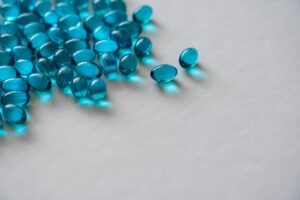
Termite-Resistant Building Materials
Importance of Termite-Resistant Materials
You, as a homeowner or resident, know the importance of safeguarding your home from unwanted guests—especially termites. These tiny critters can wreak havoc on your home’s structure and cost you a fortune in repairs. That’s why choosing termite-resistant building materials during construction or renovation isn’t just a smart move—it’s a necessity. By proactively using materials that deter termites, you can prevent infestations and the subsequent need for costly termite treatments, ensuring your home stands strong for years to come.
Factors Leading to Termite Infestations
Termites are attracted to homes for a few key reasons. Primarily, they’re on the hunt for food, moisture, and warmth—a trio of conditions that wood building materials often provide (Orkin). If your home is built with or contains a lot of wood, it could be a termite magnet. Moreover, certain climates, such as the humid Florida weather, can increase the likelihood of an infestation. It’s crucial to understand these factors and take preventive measures, such as using concrete, a termite-resistant building material, in your home’s construction. This material is particularly valuable because termites cannot consume concrete, making it a formidable barrier against these pests.
Additionally, incorporating termite-resistant wood like cedar into your home’s structure and landscaping can serve as an effective deterrent. Cedar’s natural resin and oils make it unpalatable to termites, which can help keep your property termite-free. When considering landscaping, cedar mulch can be an aesthetically pleasing and functional choice to prevent termite colonies from settling in.
Another material to consider is fiber cement siding, which is a composite made of cellulose fibers, cement, sand, and water. It’s not only resistant to termites but also durable and fireproof, making it a popular option for those looking to invest in long-lasting and protective siding for their home.
When building or renovating your home, keep these termite-attracting factors in mind. Opt for termite-resistant building materials to protect your investment, and don’t forget to conduct regular termite inspections as an additional safeguard. By being proactive and informed, you can maintain a strong, termite-resistant home for years to come.
Choosing the Right Materials
When it comes to fortifying your home against types of termites, selecting termite-resistant building materials is a critical step. These materials can help prevent costly damage and the need for extensive termite treatment. Here are some concrete and cement-based options, as well as natural wood alternatives, to consider when constructing or renovating your home.
Concrete and Cement-Based Options
Concrete is renowned for its strength and durability, making it an excellent termite-resistant material for construction. Termites are incapable of consuming concrete, which provides a formidable barrier against infestations, especially in termite-prone areas like Florida.
Another option in this category is fiber cement siding. This material is composed of cellulose fibers, cement, sand, and water, and it offers the dual benefits of being durable and fireproof, in addition to its resistance to termite invasions. It’s a popular choice for building siding due to its longevity and minimal maintenance requirements.
| Material | Pros | Cons |
|---|---|---|
| Concrete | Durable, Termite-resistant | More expensive upfront |
| Fiber Cement Siding | Fireproof, Termite-resistant, Low Maintenance | Installation can be labor-intensive |
Aluminum window frames are another termite-resistant option. Unlike wood, aluminum does not attract termites, offering a durable and low-maintenance alternative to traditional wooden frames.
Steel siding, while not a traditional choice, repels termites effectively due to the absence of any food source for the insects. Modern steel siding offers a variety of designs, some of which mimic the appearance of wood, providing both aesthetic appeal and protection (Pest Control in London).
Natural Wood Alternatives
For those who prefer the natural look and feel of wood without the risk of termite infestation, there are several alternatives available:
- Composite lumber: Made from a blend of wood fibers and plastic, composite lumber is designed to look like wood but resists rot and termite damage.
- Treated lumber: Wood that has been treated with chemicals to deter termites and other pests can be a viable option, though it may require regular maintenance to ensure continued protection.
- Naturally resistant woods: Some species of wood, such as cedar, redwood, and cypress, contain natural oils and chemicals that repel termites.
When considering these materials, you must weigh the aesthetics, cost, and level of termite resistance to determine the best fit for your home. Always consult with a reliable termite control company to understand the effectiveness and safety of the materials you choose.
By incorporating termite-resistant building materials into your home’s design or renovation, you can save yourself from the headache of future infestations. Remember, regular termite inspections and maintenance are key to keeping your home safe from these destructive pests.




